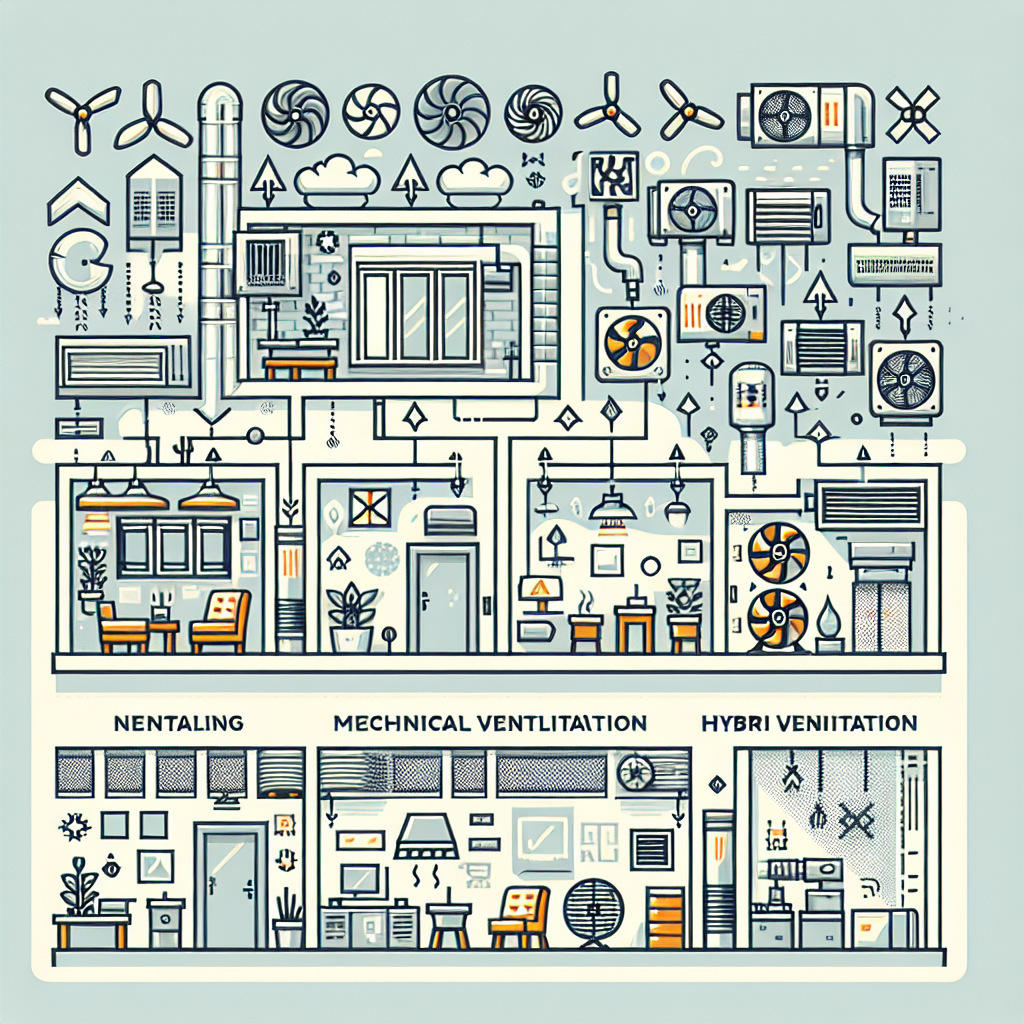Fix today. Protect forever.
Secure your devices with the #1 malware removal and protection software
Ventilation systems are an essential component of any building, whether it is a residential home, commercial building, or industrial facility. They help to maintain indoor air quality by providing fresh air and removing pollutants, odors, and excess moisture. There are several different types of ventilation systems, each with its own benefits and drawbacks. Understanding the differences between these systems can help you choose the right one for your specific needs.
1. Natural ventilation
Natural ventilation relies on the flow of air through windows, doors, and other openings in a building to provide fresh air and remove indoor pollutants. This type of ventilation is the simplest and most cost-effective option, but it is not always reliable, especially in buildings with poor air circulation or in areas with high levels of outdoor pollution.
2. Mechanical ventilation
Mechanical ventilation systems use fans or blowers to circulate air throughout a building. There are several types of mechanical ventilation systems, including exhaust ventilation, supply ventilation, and balanced ventilation. Exhaust ventilation systems remove indoor air pollutants by exhausting stale air from the building, while supply ventilation systems bring fresh air into the building. Balanced ventilation systems combine both exhaust and supply ventilation to maintain a balanced airflow.
3. Heat recovery ventilation
Heat recovery ventilation systems are a type of mechanical ventilation system that recovers heat from outgoing air and uses it to preheat incoming air. This can help to reduce energy costs by maintaining a comfortable indoor temperature while also improving indoor air quality.
4. Energy recovery ventilation
Energy recovery ventilation systems are similar to heat recovery ventilation systems, but they also transfer moisture from outgoing air to incoming air. This can help to reduce humidity levels in the building, which can improve indoor air quality and prevent mold growth.
5. Natural ventilation with mechanical assistance
Some buildings use a combination of natural ventilation and mechanical ventilation to provide optimal indoor air quality. This type of system may include operable windows and doors, as well as fans or blowers to assist with air circulation.
In summary, there are several different types of ventilation systems available, each with its own advantages and disadvantages. It is important to choose the right ventilation system for your specific needs, taking into account factors such as building size, occupancy levels, and climate conditions. By understanding the differences between these systems, you can ensure that you have a ventilation system that provides a healthy and comfortable indoor environment.
Fix today. Protect forever.
Secure your devices with the #1 malware removal and protection software

Leave a Reply
You must be logged in to post a comment.